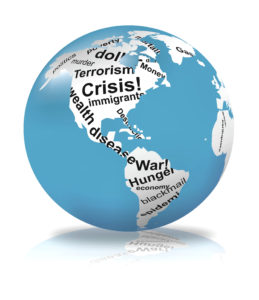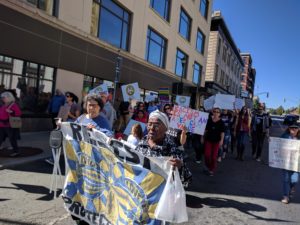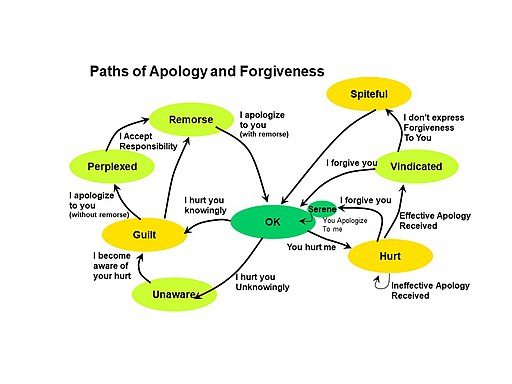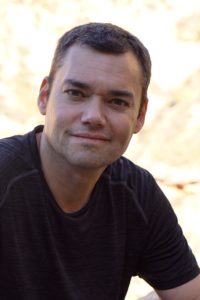The Surprising Benefits of This Powerful Trait
Guest post by Bob Burg
[Editor’s Note: I’ve been a fan of Bob Burg since discovering his “Winning WITHOUT Intimidation newsletter, about the power of being nice even when the other person isn’t, sometime in the mid’90s. He’s also known for “Endless Referrals” (how to network the right way)and the series of Go-Giver books. While he has discontinued that wonderful publication, he now offers a daily dose of inspiration called “Daily Impact,” which you can subscribe to by visiting https://burg.com/ , scrolling, and waiting for the pop-up subscription box. Being a fan for so long, I was delighted that Bob endorsed my most recent book, Guerrilla Marketing to Heal the World. The rest of this post was taken from that newsletter and used with his graceful permission.
Bob Burg: The Surprising Benefits of This Powerful Trait
In his book, The Leadership Crisis And The Free Market Cure, retired longtime BB&T (now Truist) Chair & CEO, John Allison, defined “integrity” as “the harmony of mind and body,” asserting that, as a principle, it “guides us to act consistently with our beliefs.”
Notable: Named by Harvard Business Review as one of the decade’s top 100 most successful CEOs, Mr. Allison and BB&T refused to participate in the subprime lending calamity leading up to the 2007 financial meltdown, choosing to write only conventional mortgages. He stated that the decision, as opposed to the majority of his banking colleagues, was actually an easy one for him to make. Why? Because subprime mortgages were contrary to the principles upon which he and his bank stood, i.e., “making their profit through providing value to their clients.” And when the cards came crashing down, his bank was left standing, both in great reputation and immense profitability.
After a brief but brilliant explanation regarding how one cannot act with integrity if one’s values are either contradictory or not aligned with reality, Mr. Allison made what I felt was another profound point…
Important: “Many people view integrity as some form of duty. Integrity is not a duty. It is a means to improve the probability of being successful and happy.”
A powerful statement because…
Key Point: If one displays integrity *only* out of obligation to others, he or she cannot be truly happy. It’s only when one lives with integrity because it is congruent with their own values and how they wish to relate to the world that it can lead to happiness and personal fulfillment.
The *additional* benefit to living with integrity is that others respect you; they trust you more…and they are more likely to want to be in relationship with you (both personally and professionally).
Yes, living with integrity certainly makes you more *valuable* to those whose lives you touch and influence.
It affects *you,* however, on a much deeper level.
Because, when it comes right down to it…
End Result: It allows you to genuinely feel good about yourself and live with a sense of joy, peace of mind, and happiness.
And isn’t that how you want to feel and to live?
Today’s Exercise: Discuss the above premise (that integrity is about internal *self*-benefits first and external benefits second) with different groups of people: your team members, entrepreneurs, friends, your children, etc. See where the agreement and disagreement might be. Could make for some interesting conversations and deep-level thinking.






